York isn’t just a racecourse—it’s one of the most historic sporting stages in Britain. Racing here dates back to the 1730s, with the Knavesmire hosting royal visits, famous champions, and the occasional upset that left punters scratching their heads. The track has witnessed blistering sprints, stamina-sapping staying races, and finishes so close you’d think the judge was flipping a coin. And if you’ve ever backed a horse that cruised into the lead two furlongs out only to be swallowed by the pack in the shadow of the post, well… welcome to York.
If you’ve ever wondered how to get a betting edge at York Racecourse, you’re in the right place. This guide is your friendly companion to understanding betting at York Racecourse, packed with no-nonsense insights, a dash of humor, and practical tips tailored for everybody—from weekend readers to turf nerds.

Why York Racecourse is loved by jockeys and bettors alike
York is often described as one of Britain’s fairest and most galloping-friendly tracks: flat, left-handed, with sweeping turns and room to breathe. The track’s long five-furlong straight gives sustained momentum to those who wait for their run. That makes it perfect for smooth-traveling horses, not just fast starters.
In wet conditions, the soft ground can turn York into a stamina test—meaning stamina-based selections can shine.
Ask any top jockey and they’ll tell you York “rides fair”—meaning a good horse can win from anywhere with the right ride. Frankie Dettori once called it “a thinking rider’s track” because you can’t just blast from the gates and hope for the best. Ryan Moore has praised its long straight for giving every horse a chance to wind up and deliver, though he’s quick to remind punters that positioning before the home run is still critical. For trainers, York offers a true test of a horse’s balance, stamina, and temperament—qualities that separate the merely good from the great.
Track layout & race dynamics
- Straight sprints (5f & 6f) happen on a flawless flat chute—no bumps, no distractions.
- 7f races use a dogleg chute—new arrivals face a slight curve before hitting the main straight.
- Distances from 1 mile up go around the round course, requiring strategic positioning as they tackle the turns.
- Over extended trips like the 1m6f Ebor Handicap, a special chute feeds into the back straight for a unique on-course journey.
The Knavesmire’s layout means no hiding place for tired legs. The sweeping bend into the straight invites jockeys to start pushing early, but that can be a trap—over-commit too soon and you’ll be a sitting duck in the final furlong. On windy days, the headwind up the straight can turn the closing stages into a stamina test, even in sprints. Watch how the field fans out in big-field handicaps: sometimes three distinct “races” develop across the track, each with its own pace and momentum. Understanding which group has the advantage—often dictated by the ground—can be the difference between celebrating and tearing up your ticket.
The draw bias puzzle—distance matters
Different stalls mean different fortunes…
5f & 6f sprints
On good ground, low draws (inside) tend to edge ahead, especially in big fields.
On soft turf, the high draws (far side) occasionally peek ahead—so always glance at going reports.
7f — the dogleg angle
Middle to high draws can angle effectively around the dogleg, giving them a slight steer advantage.
Mile & Longer
For 1m races, low draws historically enjoy better impact and ROI—especially on fast ground.
Longer distances offer a cleaner run, though inside positions still provide smoother journeys early on.
Key Takeaways: In recent Ebor Festivals, 5f and 6f sprints on good ground have consistently favoured low stalls, while soft conditions often flip the advantage to the far side. At 7f, middle draws can sneak the perfect trip around the dogleg, while at a mile, inside stalls still hold a statistical edge. The smartest punters don’t just check the draw—they watch how the bias plays out earlier in the meeting and adjust their bets accordingly. If you’re betting on Saturday’s feature and Thursday’s sprints have all gone to high numbers, you’d better take note.

Draw bias trends at York Racecourse
| Distance | Good / Good to Firm | Soft / Heavy |
|---|---|---|
| 5f | Low draws (inside) often have the edge | High draws (far side) can benefit |
| 6f | Low draws slightly favoured | High draws may come into play |
| 7f (dogleg) | Middle to high draws get a smoother trip | Bias less pronounced; race shape matters more |
| 1m | Low draws enjoy statistical advantage | Less consistent bias; ground can level the field |
| 1m2f+ | Minimal draw impact; tactics matter | Minimal draw impact |
Runners vs. Late callers—who wins at York?
Despite its image as a frontrunner-friendly circuit, data shows lead horses rarely hold on—only about a 13% strike rate—making York one of the tougher tracks for pace-setters.
In other words: be the closer, not the leader. A relaxed rhythm early on can pay dividends in the final furlongs.
Despite its reputation as a frontrunner-friendly circuit, the numbers tell a different story. Over the last decade, only around 13% of front runners have managed to go all the way at York—making it one of the most unforgiving tracks in the UK for those who try to dominate from the start. That long, punishing straight can turn a confident lead into a slow-motion defeat as rivals with a bit left in the tank come sweeping past. If you want to know more about the kind of runners I avoid entirely, check out my article on horses I never bet on.
This isn’t to say a front runner can’t win—when the pace is steady or the ground is rattling fast, a well-judged ride from the front can still hold off the pack. But, more often than not, York rewards patience. Horses who travel smoothly in midfield or just behind the leaders, conserving energy until the final two furlongs, tend to have the upper hand.
Think of it like poker—you don’t go all-in on the first hand. At York, you keep your cards (or your horse’s stamina) close to your chest, then play your ace in the closing stages. Many a Nunthorpe or Ebor Handicap has been decided by a perfectly-timed late run, with the winner still full of running as others hit the wall. If you’re betting here, always ask yourself: can this horse quicken late? If the answer’s no, it might be time to look elsewhere.
Practical betting tips for York
- Adjust to going: fast ground favors inside draws; soft surfaces may flip the script.
- Let horses settle: York rewards late surges over early burns.
- Map race style to layout: sprint straight or round-course tactics—align them wisely.
- Check draw trends by distance: small differences can turn a loser into a smart lay.
- Use York as your laboratory: observe these patterns and you’ll become savvy with other flat courses too.
- And when you’re tackling handicaps at York, it’s worth brushing up on value strategies outside flat tracks—this article on how to find betting value in handicap races breaks down exactly how to spot hidden advantages, weight plays, and when a well-handicapped horse might be flying under the radar.
- Another must-read is my breakdown of the 10 betting mistakes I keep making—and how I fix them, highlighting pitfalls that even seasoned punters fall into, and how a quick checklist can save your bets from facepalm territory

How the Ebor Festival reflects the track’s DNA
While this article is evergreen, the Ebor Festival showcases all these quirks in high definition: long sprints, middle-distance tactics, and stamina tests over 1m6f. Take the International Stakes, Nunthorpe, and Ebor Handicap as live laboratories where York’s quirks come alive.
One of the joys of the Ebor Festival is seeing York’s quirks magnified by top-class fields. In the Nunthorpe, pure speed merchants face the psychological test of that long straight—hold your nerve too long and you’ll be swamped, go too early and you’ll tie up late. The Ebor Handicap itself often rewards horses with proven stamina and a smooth traveling style, especially when the ground turns testing. And here’s the thing—patterns you spot in August often reappear in York’s May and October meetings, making the Ebor Festival not just a highlight of the summer but a goldmine of intel for the rest of the year.
Conclusion
In short, betting at York Racecourse is less about flashy stats and more about understanding nuance—distance, draw, going, and race style. Let the track do its work, and you’ll be guided to smarter choices—season after season.






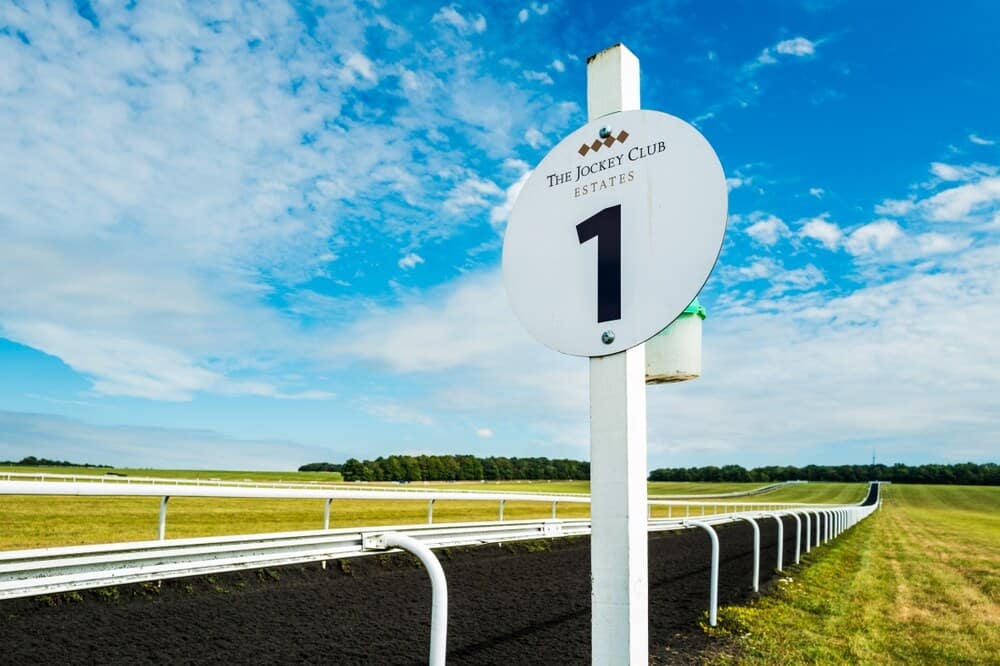
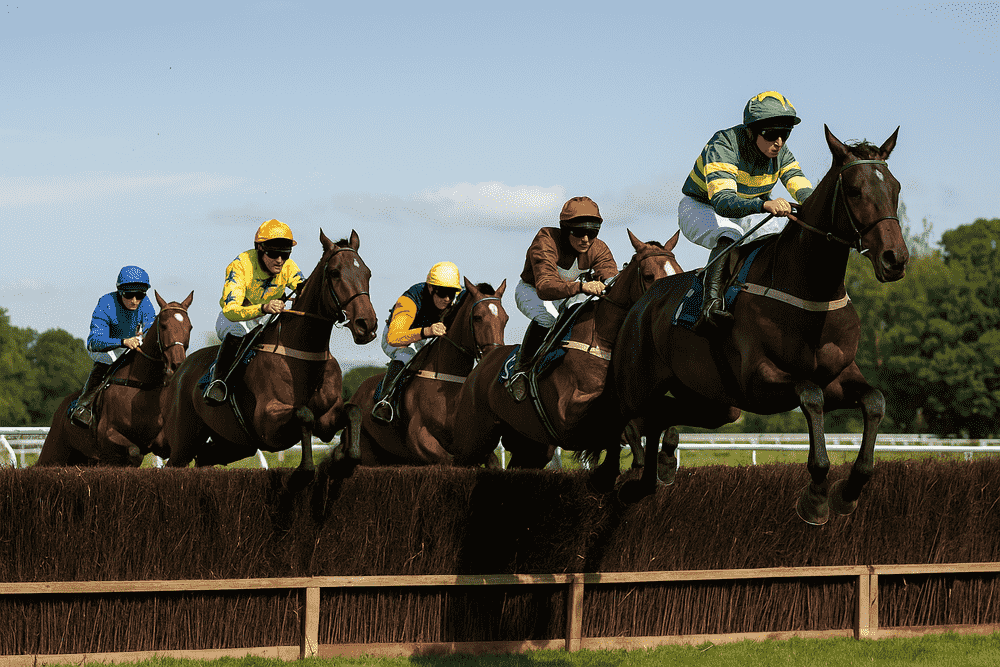
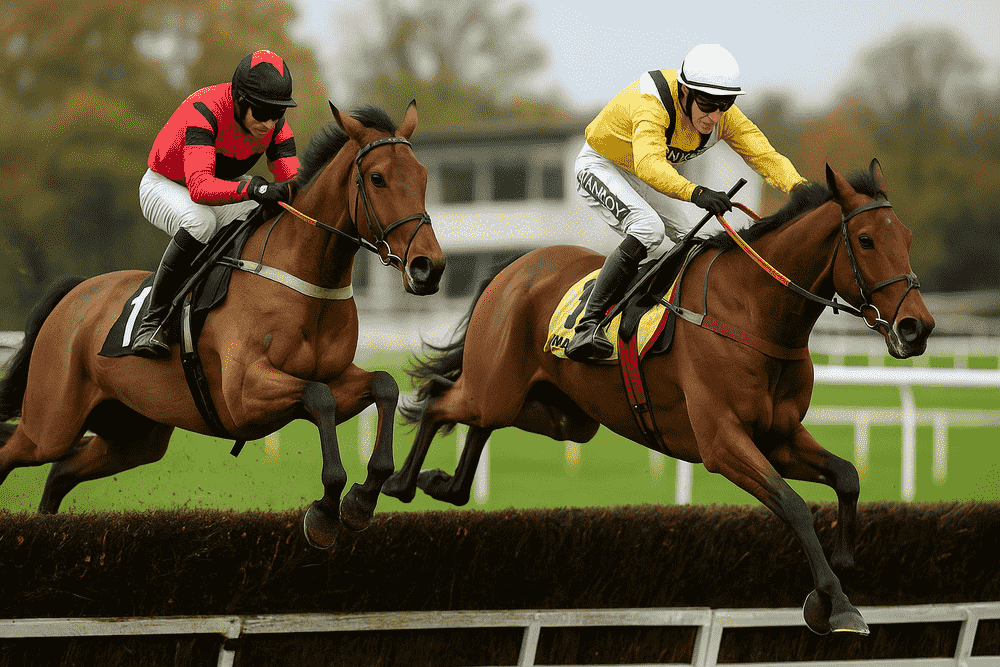
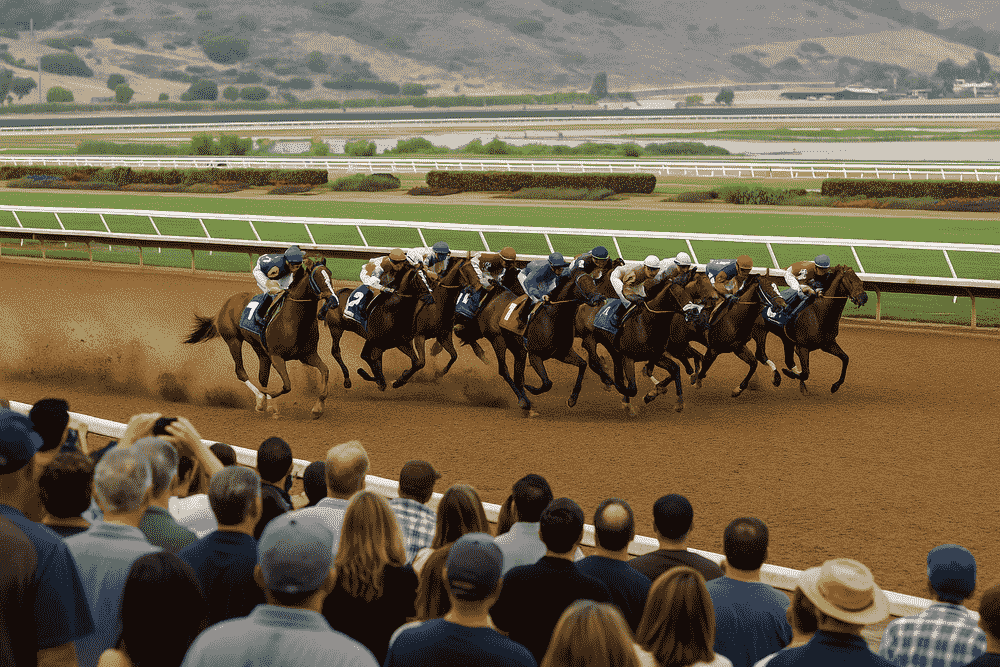
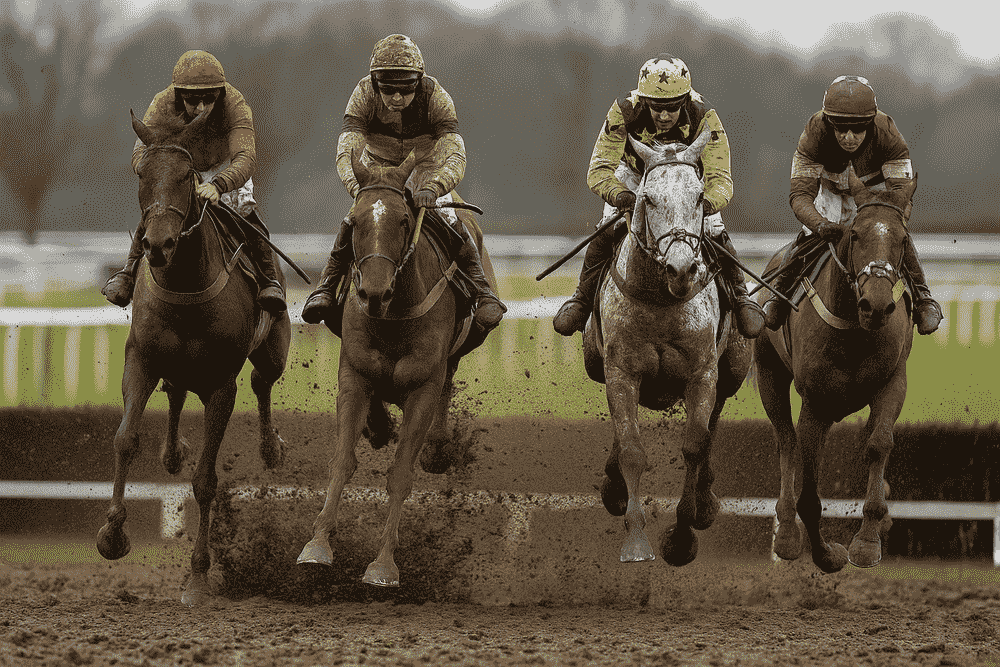
Market Rasen picks: 16 August 2025 –
[…] two selections for this race, I’d also point you towards a piece I published earlier this week: York Racecourse betting guide. With the Ebor Festival just around the corner, it offers insights on the track layout, potential […]